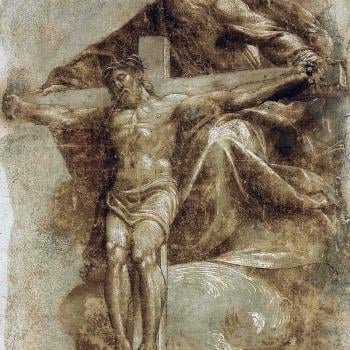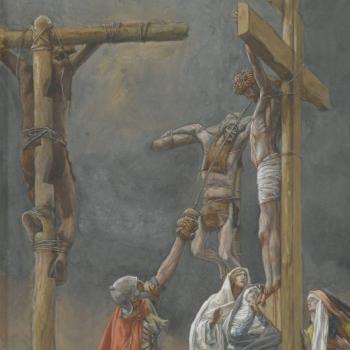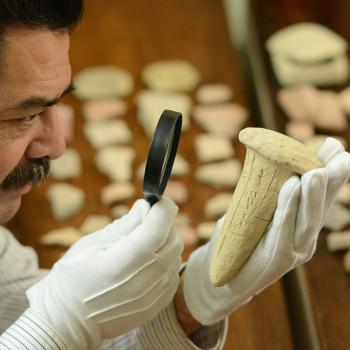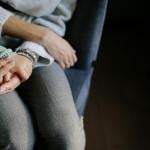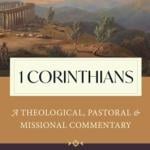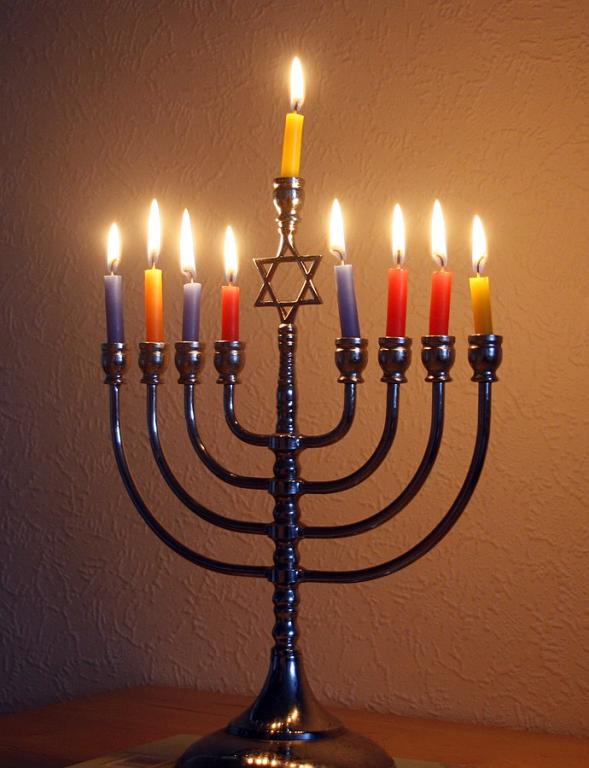
Each in their own way, Hanukkah and the fourth Sunday of Advent emphasize peace. Hanukkah (which was celebrated from December 10-18 this year) involves an emphasis on religious liberty, which entails tolerance and peace. The fourth Sunday of Advent (today) is often taken to highlight peace. The fourth candle on the Advent wreath is often called the Angel’s Candle and is taken to signify peace in keeping with the angelic host’s declaration: “Glory to God in the highest, and on earth peace among those with whom he is pleased!” (Luke 2:14).
There wasn’t much peace in Jesus’ day, or during the intertestamental period when Hanukkah emerged. During Hanukkah, the Jewish community recounts the Maccabean tale of how God delivered them from religious and cultural oppression by Antiochus IV Epiphanes, Seleucid king of the Hellenistic Syrian kingdom. For two recent articles on Hanukkah and the historical backdrop, refer here and here. You can also an essay on Hanukkah in my newly published book titled Setting the Spiritual Clock: Sacred Time Breaking Through the Secular Eclipse. For that essay, simply go to the sampler/preview of the book located here at this link.
Advent overlaps with Hanukkah, and not just in terms of December dates. Jesus and his people experienced the oppressive rule known as the Pax Romana, or peace of Rome, under the Caesars. While we live in very different times, nonetheless, we may feel that peace is often an endangered species in many contexts today. Christians should seek to live in solidarity with their Jewish neighbors and confront oppressive systems and forces that contend against religious liberties and the rights of minority communities, including Jewish, Muslim, African American, and others.
Take, for example, the arson attack of the Chabad Center in southwest Portland, Oregon this autumn. Please take time to watch the moving video involving leaders of this Jewish community and the leadership of the Portland Fire Department. You can find it at this link, or else in the video at the close of this blog post. You will find in this same video a connection to Hanukkah with the symbolic import of the menorah (Refer here for an article on the menorah, including its association with Hanukkah). The symbolism is so powerful, as we find here the resilience of minority ethnic communities, who draw from the biblical narrative and a burnt menorah to find hope in the midst of great struggle and pain.
My colleagues at New Wine, New Wineskins and I discussed Hanukkah and the fourth Sunday of Advent with the Angel’s Candle of peace. During the discussion, we watched the video involving the exchange of the Chabad Center and Portland Fire Department leadership. My colleagues at New Wine engaged questions I asked based on what they observed in the video and also how they cherish religious liberty and freedom and what stands out to them about the peace and shalom of Christ. You will find the questions below this paragraph. Please watch the video at the close of this blog post for their answers.
Colleagues, what stood out to you from watching the video involving the Chabad Center and the Portland Fire Department?
How might we consider incorporating Hanukkah into our worship celebration during Advent?
What stands out to you about the angelic declaration in Luke 2:14 involving the peace of God and the glory of God going together? “Glory to God in the highest heaven, and on earth peace to those on whom his favor rests.” (Luke 2:14; NIV)
How dependent is God’s peace on our circumstances? How does God’s peace “invade” our circumstances or permeate our less than perfect life situations?
What is the connection of contemporary notions of peace to shalom in the Bible? Shalom entails peace, which involves harmony, wholeness, and, I believe, justice.
How might God’s peace, which is on display in Luke’s Gospel shape our Advent season and Christmastide, including how we approach religious liberty for all in our society?



